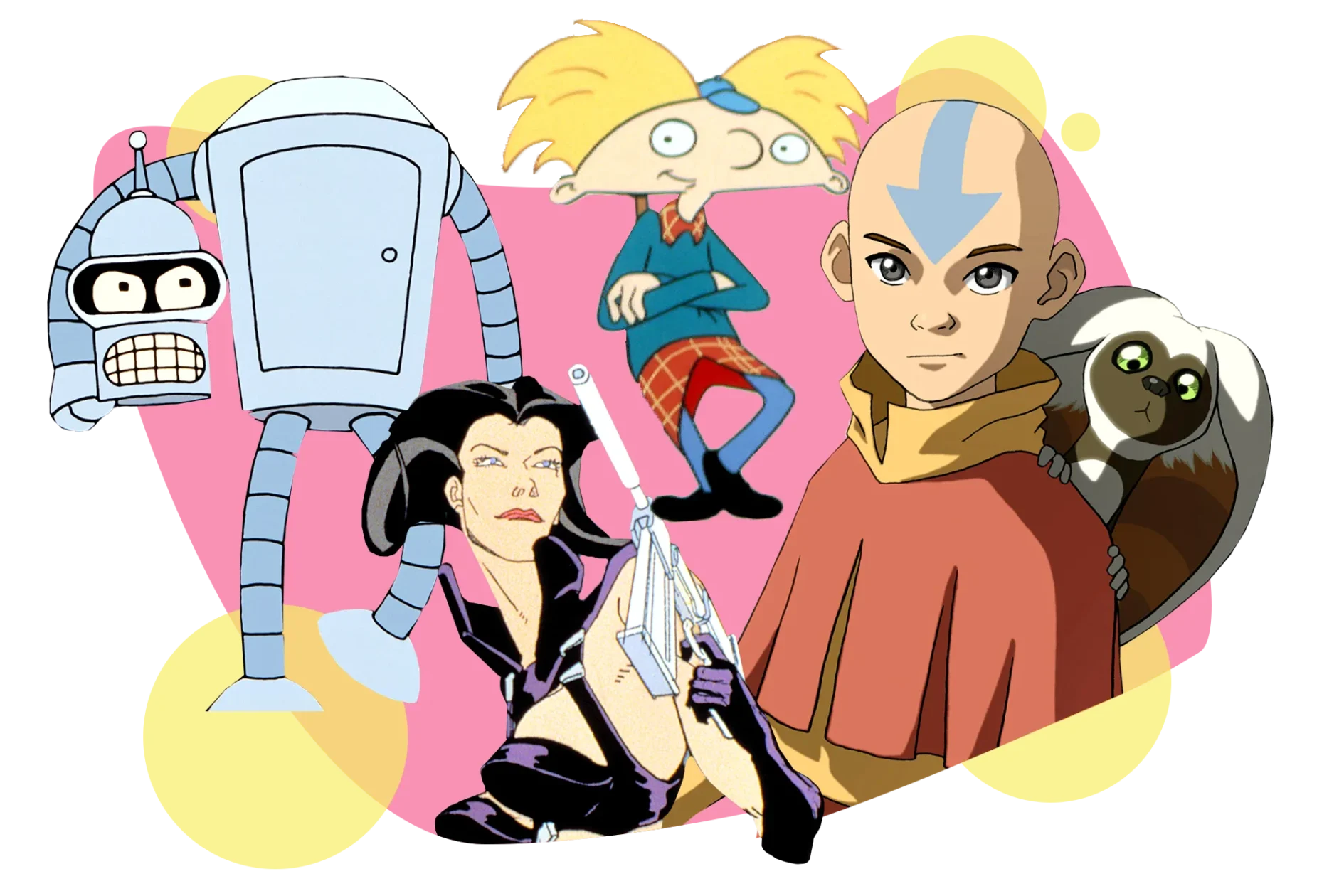The Animation and cartoons
Animation and cartoons have become ubiquitous parts of modern popular culture. From classic Disney films to cutting-edge anime series, animated content has captured the hearts and imaginations of audiences around the world.
In this article, we will explore the history of animation and cartoons, the techniques used to create them, and their impact on popular culture.

The History of Animation
Pioneers like J. Stuart Blackton trace animation back to the early days of cinema. and Winsor McCay creating animated shorts using hand-drawn illustrations. However, it wasn’t until the advent of sound and color in the 1930s that truly began to take off as an art form.
During the Golden Age of Animation (1930s-1960s), studios like Disney, Warner Bros., and MGM produced classics such as Snow White and the Seven Dwarfs, Looney Tunes, and Tom and Jerry.
Employing various techniques like hand-drawn, cel, and stop-motion animation, they created beloved content.
Animation diversified in the 1960s and 1970s. With adult-oriented works like Ralph Bakshi’s Fritz the Cat and The Simpsons TV series.
The 1990s saw the emergence of computer animation. Led by Pixar with Toy Story, marking a significant milestone in animation’s evolution.
Techniques
Animation can be created using a range of techniques, each of which has its unique advantages also challenges. Some of the most common techniques include:
- Hand-drawn: In traditional, animators draw each frame by hand. This technique allows for a high level of detail and expressiveness but can be time-consuming and labor-intensive.
- Cel: During the Golden Age, artists widely used the technique of drawing characters and objects on transparent cels, layering them to create the illusion of movement.
- Stop-motion: This involves creating models or puppets and photographing them one frame at a time, moving them slightly between each shot to create the illusion of movement. Filmmakers often employ this technique in films like Wallace and Gromit and The Nightmare Before Christmas.
- Computer: This involves creating animated content using computer software. This technique allows for a high level of precision and control but can be time-consuming and requires specialized technical skills.
The Impact of Animation on Popular Culture
Animation and cartoons deeply influence popular culture, shaping our perceptions and interactions with the world. They’ve introduced iconic characters like Mickey Mouse, Bugs Bunny, Pikachu, also SpongeBob SquarePants.
Animated content has also been used to explore complex and challenging themes. From the emotional depth of Studio Ghibli films to the satirical humor of South Park.
Animation can transport us to fantastical worlds also challenge our perceptions of reality. Making it a powerful tool for storytelling and artistic expression.
In addition, has become a lucrative industry in its own right. With animated films also TV shows generating billions of dollars in revenue each year.
Animated content, from studios like Pixar, DreamWorks, and Studio Ghibli, is now integral to the entertainment industry, producing highly successful also critically acclaimed films.
The Future of Animation and Cartoons
As technology continues to advance, animation and cartoons are likely to become even more immersive and interactive.
Creators are already utilizing virtual reality and augmented reality to generate new forms of animated content. Allowing audiences to experience animated worlds in a more immersive way. 온라인카지노사이트